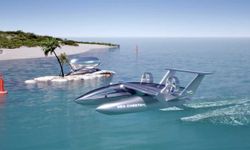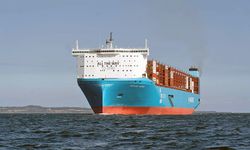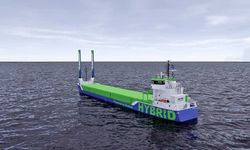1- Misconceptions about the GPGP
Common misconceptions about the Great Pacific Garbage Patch (GPGP) exist, as Google Image searches still often display misleading images of a solid mass of plastics, contributing to myths surrounding the issue. Great Pacific Garbage Islands mostly consist of microplastics which can not be seen like islands as shown on many images.

2- Microplastics dominate the GPGP,
Microplastics dominate the GPGP: Despite the visual impression created by misconceptions, studies indicate that 94% of the estimated 1.8 trillion pieces floating in the GPGP are microplastics. This emphasizes the importance of addressing not only larger debris but also the pervasive issue of microplastic pollution.

3- Growing size of garbage patches
The garbage patches are growing larger, with a 2021 paper predicting a growth rate of 2.5% based on current trends. The warning is issued that this estimate is conservative, emphasizing the urgency to address the problem and prevent further accumulation.
4- Environmental hazards and the "plastisphere"
The environmental hazards associated with ocean plastic, such as entanglement of creatures and ingestion by birds and fish. The term "plastisphere" is introduced to describe ecosystems that have adapted to live in human-made plastic environments, posing potential risks like mutations and biohazards.

5- International plastics treaty in 2024
There is mention of an upcoming international plastics treaty in 2024, where 175 nations will develop a legally binding agreement on plastic pollution. The aim is to prevent new plastics from entering the ocean and reaching garbage patches, providing hope for a global effort to address the issue at its source.






